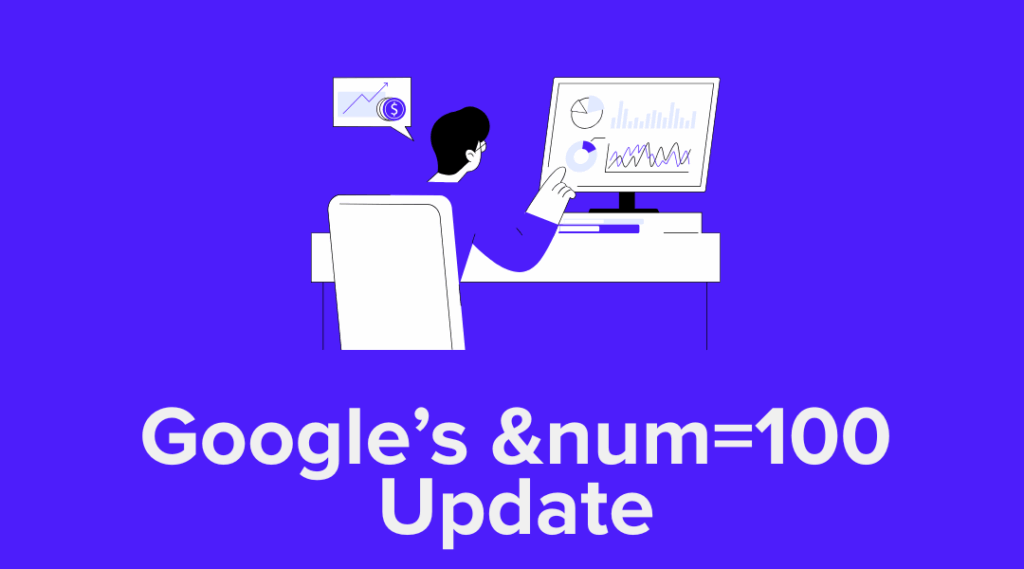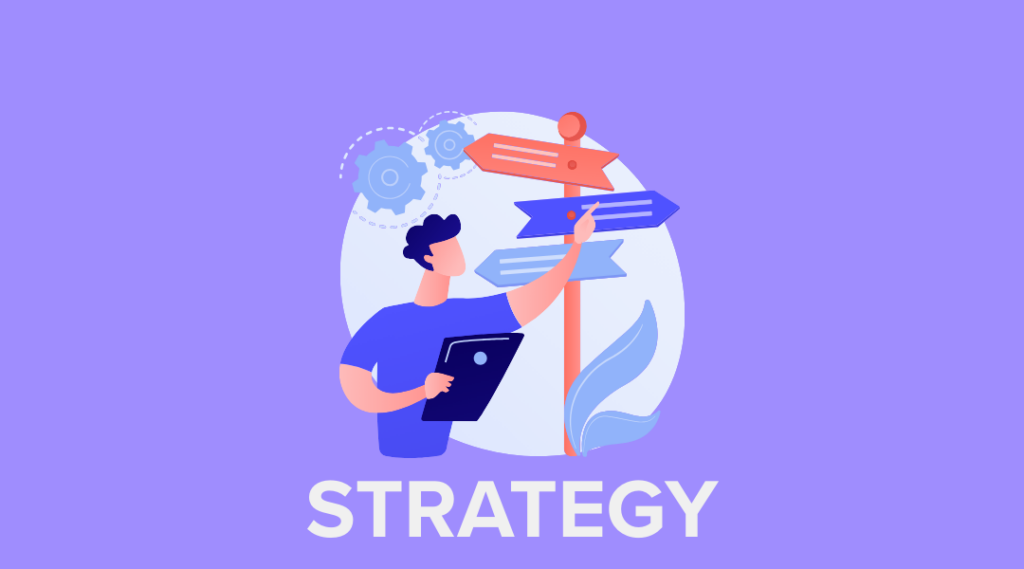Summary:
Search engines and AI systems evaluate your brand through the lens of E-E-A-T: Experience, Expertise, Authoritativeness, and Trust. These signals influence how your content is ranked, how your brand is cited, and whether you're seen as a credible source. Brands that understand and build E-E-A-T gain a durable edge in both traditional and AI-powered search.
E-E-A-T is a core framework we have prioritized sharing with our clients for years. And not just what it stands for, but why it matters, how it affects rankings, and most importantly, how it defines whether users and Google trust your brand.
If you've heard the term and chalked it up as another SEO acronym, we get it. But E-E-A-T is more than a buzzword. It’s the lens through which Google (and increasingly AI-driven search systems) decide whether your content deserves to be seen.
In this article, we’ll break down the E-E-A-T framework, why it matters, what it looks like in practice, and how to bake it into your brand’s digital strategy.
What is E-E-A-T?
E-E-A-T stands for:
- Experience
- Expertise
- Authoritativeness
- Trustworthiness
It’s a quality framework used by Google’s Search Quality Evaluators to assess whether content is reliable, accurate, and helpful, especially for important topics like health, finance, and life decisions (known as "Your Money or Your Life" or YMYL topics).
E-E-A-T itself is not a direct ranking factor, but it heavily influences how algorithms evaluate quality content. It is an integral part of Core Updates and underpins Helpful Content Update (HCUs), Product Review Updates, and how Google prioritizes content for AI Overviews.
Introduced as E-A-T in 2018, it was later updated to E-E-A-T in 2022 to reflect the growing importance of firsthand experience. Even in 2025, we still find ourselves explaining E-E-A-T to clients as a valuable mindset for their online strategy.
Why did Google introduce E-E-A-T?
The rise of misinformation, spammy affiliate sites, sensationalized content, and, more recently, the proliferation of AI-generated noise has created massive challenges for search engines. Google needed a way to reward content that users could trust; content that showed not just relevance, but integrity.
E-E-A-T supports Google's mission to organize the world's information and make it universally helpful, not just accessible.
By focusing on experience, expertise, authoritativeness, and trustworthiness, Google ensures that when users search for critical information, they get credible advice, real expertise, and content that prioritizes their well-being instead of just keyword-optimized noise.
Breaking down the E-E-A-T framework
Experience
Experience is all about firsthand knowledge. Has the content creator actually done or used what they’re talking about?
This could mean:
- A product reviewer who has physically used the product.
- A travel blogger who has actually visited the location they’re recommending.
- A SaaS company publishing user guides informed by their customer success team.
While firsthand knowledge is critical, brands can absolutely leverage expert writers — as long as they pair them with Subject Matter Experts (SMEs), founders, or product teams.
At tiptop, for example, we often help brands craft E-E-A-T content by interviewing SMEs, gathering firsthand product insights, and blending them into polished content that’s reviewed and approved before publication.
Experience doesn’t mean every writer has to be the SME; it means the experience needs to be infused into the content.
Expertise
Expertise is about the depth of knowledge on a topic. It’s not enough to know a little about a lot. True expertise shines through detailed, accurate, and nuanced content.
Ways to demonstrate expertise:
- Clear, accurate explanations.
- Use of precise terminology where appropriate.
- Inclusion of studies, data, or frameworks that show depth.
Again, expertise doesn’t require a PhD behind every post. What matters is that the information presented is clearly informed by someone who knows the subject well.
Brands can build expertise by:
- Interviewing SMEs.
- Collaborating closely with product, clinical, or engineering teams.
- Using experienced contributors with recognized knowledge in the field.
Authoritativeness
Authoritativeness asks: “Are others recognizing your brand or content as a trusted source?”
Signals of authority include:
- Mentions and citations from reputable websites.
- High-quality backlinks.
- Featuring or quoting your brand in media or expert roundups.
- Awards, certifications, or industry recognition.
Another important factor here: entity optimization.
Google doesn’t just look at isolated pieces of content; it looks at your brand as an entity in the Knowledge Graph. Strengthening your entity (e.g., consistent NAP info, Wikipedia presence, strong LinkedIn presence, media mentions) reinforces your authority across the web.
Authority isn’t claimed—it’s earned, and recognized by your peers and the market.
Learn more: How Entity Optimization Strengthens Your Digital Marketing →
Trustworthiness
Trustworthiness is the foundation of E-E-A-T. According to Google's Quality Evaluator Guidelines, if overall trust in your site is lacking, no amount of experience, expertise, or authority can compensate. Without trust, content is considered low quality even if it's otherwise well-written.
Trust signals include:
- Secure browsing (HTTPS).
- Transparent authorship and sourcing.
- Clear privacy policies and customer service info.
- Accurate and honest product descriptions.
- Up-to-date information (especially for YMYL topics).
In short, trustworthiness is earned through transparency, consistency, and a site experience that makes users feel safe, not skeptical. Trust is not earned overnight, it can’t be faked, and it can’t be created overnight. Earning trust takes time and work.
As my good friend often says, “trust is earned in drips and lost in buckets.”
What E-E-A-T looks like in practice
Now that we’ve laid the groundwork, let’s look at some great examples of E-E-A-T. These are from client sites that have put the work in to become trusted in their spaces.
1. Stix Golf: building authority and trust through social proof
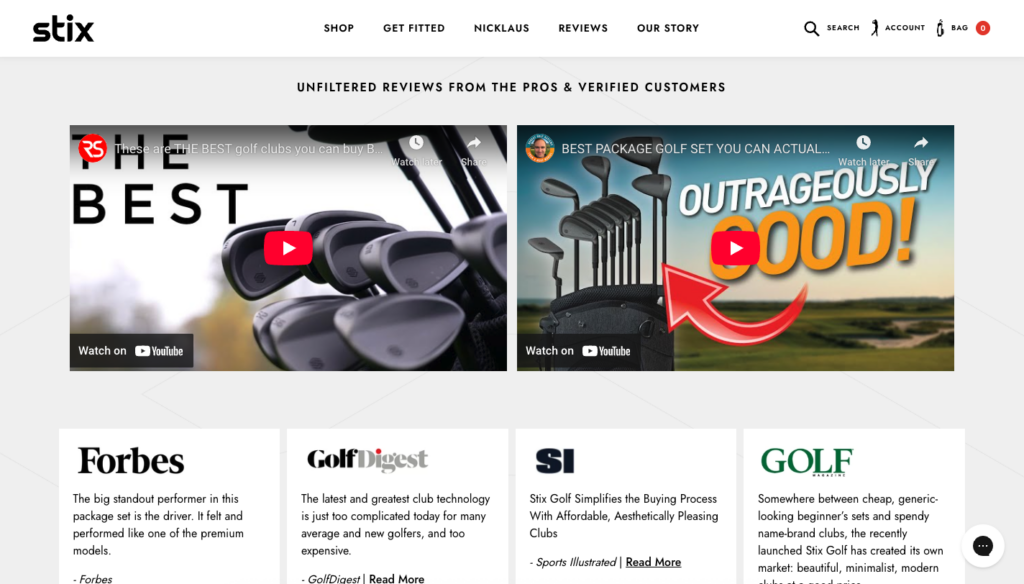
Stix Golf combines YouTube reviews, press features, and thousands of customer reviews into a unified reviews page.
The result? A clear, confident signal to Google and users alike: real people trust and use these products.
Social proof isn't just a conversion driver—it’s an E-E-A-T builder.
2. ChartSpan: expertise front and center
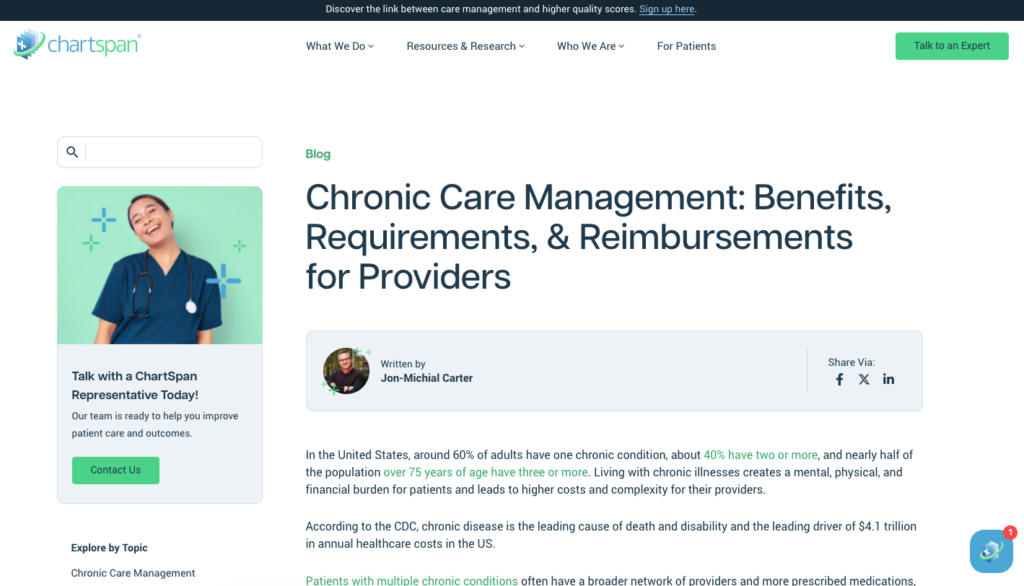
ChartSpan showcases content from the company CEO and founder, an industry expert who also appears in company webinars and on LinkedIn.
Author bios, consistent real-world presence, and expert-led commentary strengthen both expertise and authoritativeness.
3. RJ Classics: trust-first e-commerce

RJ Classics' product page excels by combining:
- High-resolution imagery.
- Detailed, specific copy (not just fluff).
- Product reviews and ratings.
It’s polished, transparent, and earns user trust quickly—exactly what ecommerce brands should aim for.
4. IOT Lenses: deep-domain expertise
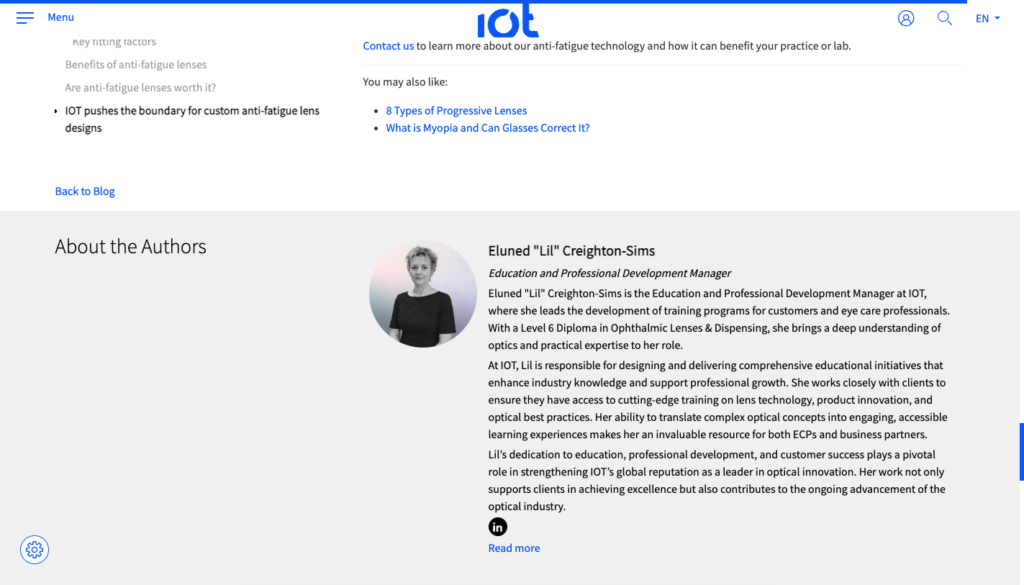
IOT Lenses nails E-E-A-T by featuring articles written by optical scientists and optometrists.
Each article showcases the author's credentials and professional background, reinforcing expertise and trustworthiness in an industry where they are non-negotiable.
How to build an SEO strategy rooted in E-E-A-T
Today, building a strong SEO strategy requires thinking beyond keywords and backlinks. It means treating your site like an ecosystem of trust, authority, and expertise; one that users (and search engines) can see and feel at every touchpoint.
Here’s how to weave E-E-A-T into your foundation:
1. Start with the right topics
Choose content areas where your brand has real-world experience, access to experts, or proprietary insights. Thin content in crowded categories won’t cut it. Focus on topics where you can genuinely add value and make that value visible.
2. Build expert-led content from the ground up
Tap into the resource your brand already has in its internal experts: founders, engineers, customer success leads, and clinicians can all be centered in your content. Use interviews, co-authorships, and SME reviews to add depth and firsthand insight. When you have real voices guiding your content, users (and Google) can tell.
3. Make authorship and credibility visible
Every post, article, or landing page should clearly show:
- Who wrote it,
- Why they are qualified to speak on the topic, and
- When it was last updated.
Transparent authorship isn't just a trust signal; it’s a credibility anchor. Adding these features to your blog template is a small but impactful investment.
4. Infuse experience through media and social proof
Original photos, real-world case studies, process videos, and customer reviews aren't just nice add-ons. They’re experience validators that show you're speaking from authority rather than writing about it secondhand.
5. Strengthen your entity across the web
To widen your footprint and reinforce authority beyond your own domain, invest in the digital presence of your brand (and key people). Credible entities need consistent, verifiable signals from quality online activity, including:
- LinkedIn profiles
- Wikipedia pages (when appropriate)
- Consistent NAP info
- Third-party citations
- Awards, certifications, features
Proper use of these digital tools is key to validating the authority of your brand and its representatives to speak on relevant topics.
6. Bake trust into your infrastructure
Before users ever read a word, they’re subconsciously asking: Can I trust this site? Make it easy to say yes by providing:
- Secure HTTPS browsing
- Clear return and refund policies
- Visible customer service contact options
- Accessible privacy policies
- Updated, clean UX that signals legitimacy
Learn more: How SEO and UX Work Together to Drive Growth →
Good SEO today isn’t just about being found. It’s about being trusted when you are discovered. Brands that treat E-E-A-T as the foundation instead of the finish line won’t just survive future search engine updates. They’ll lead in their industry.
How to improve your E-E-A-T on an existing site
If you already have a live site, improving your E-E-A-T isn't about starting over; it’s about strengthening what’s already there layer by layer. Here’s how to approach it:
1. Audit for experience, expertise, and trust gaps
Take a critical look at your current content:
- Authorship: Are articles anonymous or attributed to real people with clear expertise?
- Depth: Are posts surface-level summaries, or do they offer firsthand insights or deep knowledge?
- Freshness: Is your content current, or are there outdated stats, broken links, or stale recommendations?
Identify content that could be upgraded with better authorship, firsthand proof, or SME insights; or, in some cases, pruned off altogether.
2. Surface your experts (and build around them)
If you have subject matter experts inside your organization: engineers, founders, clinicians, account managers, etc., now is the time to start showcasing them:
- Add robust author bios (not one-line blurbs).
- Feature quotes and insights within your blog posts.
- Create dedicated content (e.g., "Ask the Expert" series, interviews, whitepapers). Real names, real expertise, real faces. It all reinforces trust.
3. Strengthen trust signals across your site
Think of every trust signal as being a handshake with your visitor. You want it to feel strong and reassuring. No one likes a wet noodle handshake.
- Security: Ensure your site runs on HTTPS and your checkout process (if applicable) is visibly secure.
- Transparency: Display privacy policies, terms of service, and refund/return policies clearly and accessibly.
- Contact Information: Make it easy to reach you, and not just through a form. Offer real names, phone numbers, and addresses where appropriate.
Trust isn’t implied, it’s demonstrated through visible, verifiable cues.
4. Improve content structure and sourcing
For informational content, especially:
- Cite reputable sources.
- Link to supporting materials when it adds credibility (not just for SEO, but for the users’ benefit).
- Structure your content logically and accessibly (headers, bullets, summaries) to improve both usability and perceived quality.
High-trust content feels easy to read, easy to verify, and easy to act on.
5. Build your off-site authority
Don't let your content live in a silo. Strengthen your brand’s reputation externally:
- Secure guest posts or features on reputable industry sites.
- Pursue awards, certifications, or relevant memberships.
- Get your team speaking on podcasts, webinars, and panels.
- Optimize your LinkedIn presence for both the brand and key team members.
Google notices when the web ecosystem recognizes you, and users do too.
The bottom line: improving E-E-A-T isn’t about a flashy rebrand or a checklist audit. It’s about consistently showing, in every interaction, that your brand is credible, capable, and worth trusting.
Industries most impacted by E-E-A-T
Even with a strong E-E-A-T foundation, some industries feel the impact of these quality standards more than others. If you're operating in a space where trust is mission-critical, specifically where decisions directly affect health, finances, education, or major purchases, Google holds your content to an even higher bar.
Let’s look closer at the industries where E-E-A-T isn’t just important—it’s non-negotiable.
- Healthcare: Must cite credible sources, include medical reviewers, and disclose conflicts of interest.
- Finance: Requires transparency, compliance accuracy, and expert authorship.
- Legal: Demands clarity around jurisdiction, specialization, and contact pathways.
- Education: Needs accreditation info, qualified authorship, and up-to-date curricula.
- Ecommerce: Requires secure shopping, authentic reviews, and transparent shipping/return policies.
- SaaS/Technology: Must demonstrate product experience, user trust, and expert-driven thought leadership.
In each case, the stakes are different, but the need for real authority is universal.
Why E-E-A-T matters more than ever in an AI-driven world
We’re deep into the era of AI-assisted content creation. And while the early headlines focused on disruption, the reality in 2025 is more nuanced: AI isn’t killing SEO or content marketing—it’s reshaping it.
The real divide now isn’t between human and AI-generated content. It’s between thoughtful, experience-rich content and generic, repackaged noise.
At tiptop, we see this firsthand. AI is a powerful partner; it’s a sparring tool to clarify ideas, scale production, and collaborate across SMEs and writers. But when used without strategy, without source knowledge, and without real experience behind the words, it becomes just another content mill.
And that’s where E-E-A-T draws the line.
In an AI-shaped search landscape:
- Experience becomes harder to fake and more valuable to prove.
- Expertise matters more, not less, because LLMs can’t replicate deep domain knowledge or lived insights.
- Authoritativeness distinguishes brands that publish from those that are recognized.
- Trustworthiness becomes the litmus test, especially in a world of AI-generated misinformation and synthetic reviews.
AI may help you produce more, but E-E-A-T helps you produce what matters. It’s how you protect your brand, your rankings, and your relationship with your audience in a time when anyone can hit “generate,” but not everyone can be trusted.
In a world of infinite content, E-E-A-T is what makes your brand unforgettable and irreplaceable.
Turn E-E-A-T Into Your Brand's Superpower
E-E-A-T isn’t a trend. It’s a new baseline for visibility, credibility, and authority in a search landscape shaped by both algorithms and searchers' expectations.
The brands that thrive won’t be the ones who crank out the most content. They will be the ones who consistently prove they’re worth trusting.
At tiptop, we help brands bake E-E-A-T into every layer of their digital presence footprint, creating content that wins today and protects tomorrow. Ready to lead with authority? Let’s talk →
You might also like:


